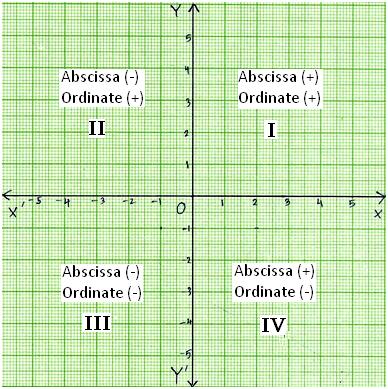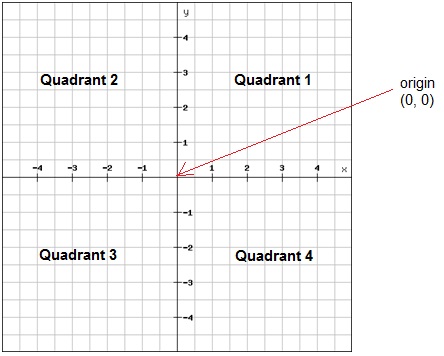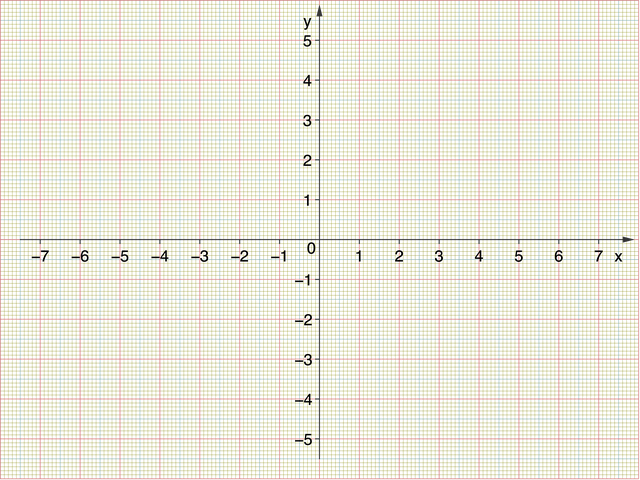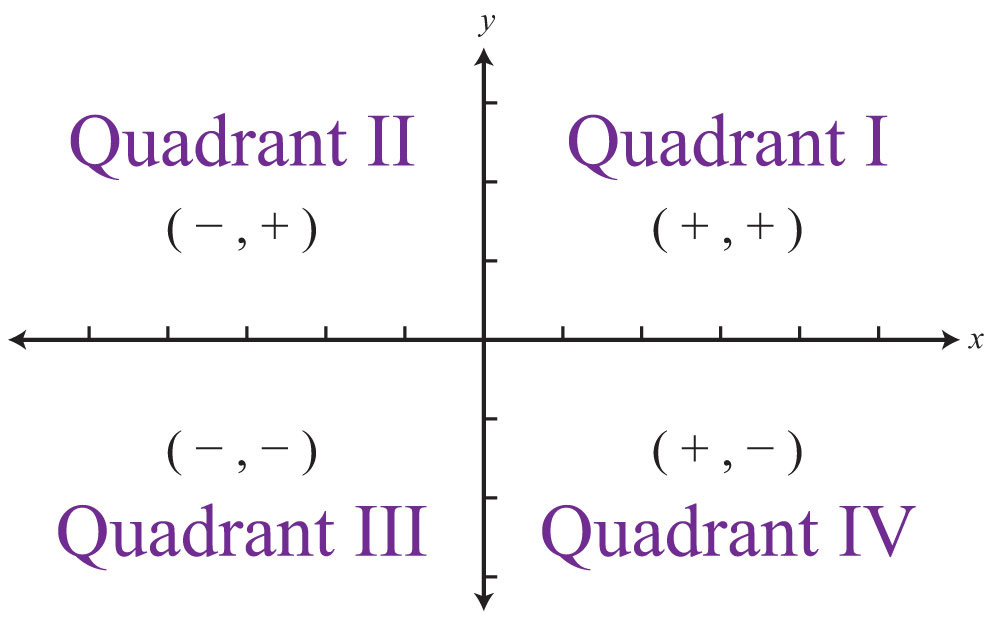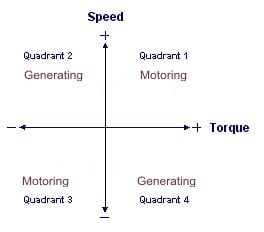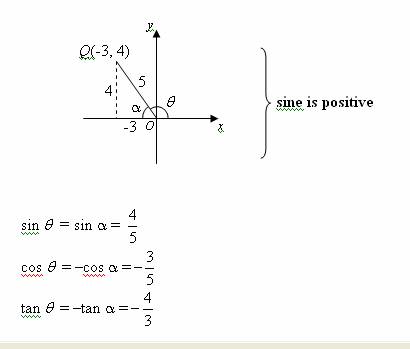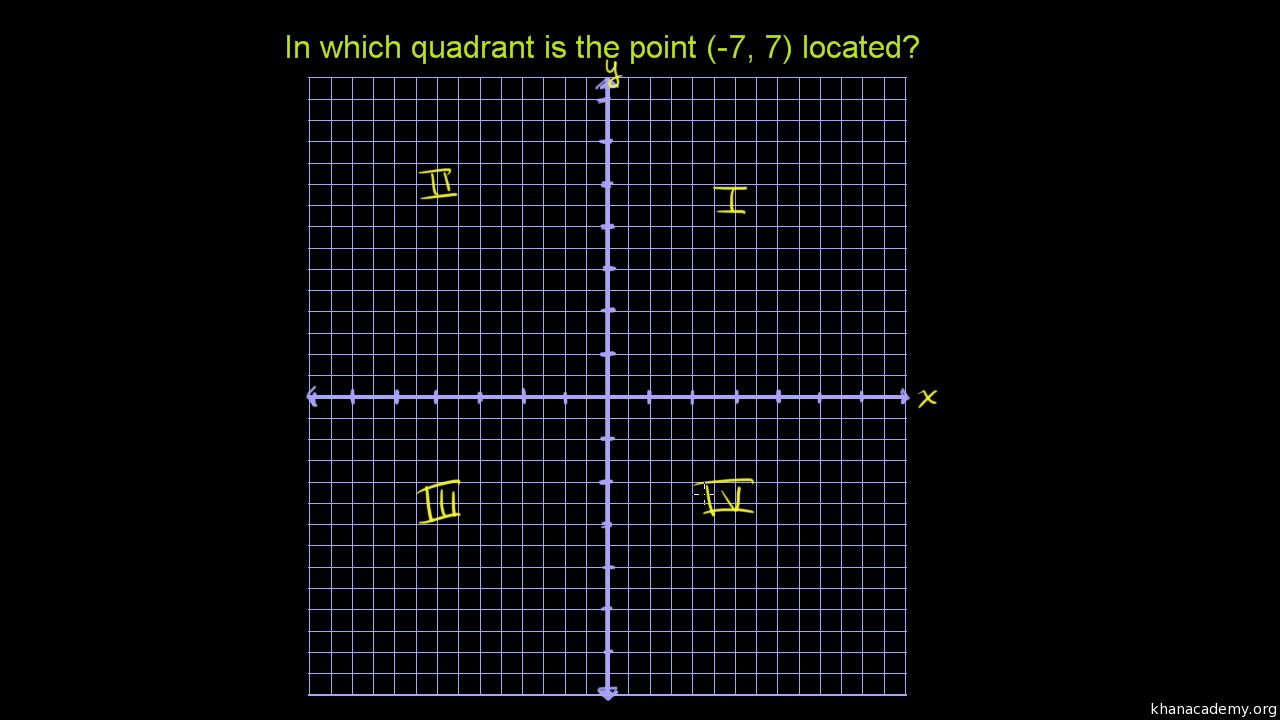Quadrant 1 2 3 4 Positive And Negative
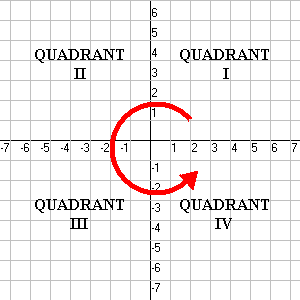
In general you can easily find function values of any angles positive or negative that are multiples of the basic most common angle measures.
Quadrant 1 2 3 4 positive and negative. The coordinates of a are 2 3 the coordinates of b. 3 if both coordinates are negative then the point lies in third quadrant. When we include negative values the x and y axes divide the space up into 4 pieces. For example in the diagram below.
The basic geometry rule for finding the quadrant of the coordinate points are. Each quadrant includes a combination of positive and negative values for x and y. The axes intersect to form four infinite areas or quadrants. 1 if both coordinates are positive then the point lies in first quadrant.
Coordinates in these quadrants are still described in terms. 2 if x is negative and y is positive then the point lies in second quadrant. There are four graph quadrants that make up the cartesian plane. Quadrants i ii iii and iv they are numbered in a counter clockwise direction in quadrant i both x and y are positive.
So it s nice when everything kinda fits together like that. This identify the second quadrant. Quadrant i is the top right area. You could just say look we have a negative x value.
Can be either positive or negative. A quadrant is one of the four sections on a cartesian plane. Points in quadrant ii will have a negative x and positive y coordinate. So either way you could think of when you think of vectors the tangent of the angle that it forms with the positive x axis is going to be is going to be the y component over the x component.
Likewise using a 45 degree angle as a reference angle the cosines of 45 135 225 and 315 degrees are all. Using cartesian coordinates we mark a point on a graph by how far along and how far up it is. All these multiples of 30 degrees have an absolute value of 1 2. The first point you get will always be on the x portion of the graph and the second number will always be the y.
Our x value is negative so we re going to move to the left. Each graph quadrant has a distinct combination of positive and negative values. Quadrant iii is the bottom left area. Then finally the quadrant where the x values are positive but the y values are negative we call this the fourth quadrant.
A collection of points on an x y graph is called a scatter plot because it looks like a scattered set of points. For example 2 3 means 2 spaces on the x axis and 3 on the y axis. So there s two ways to think about it. So this is going to be this also is going to be one and 1 3 or 4 3.
Quadrant ii is the top left area. So let s see which quadrant the point negative 7 comma 7 is located. Quadrant iv is the bottom right area.





